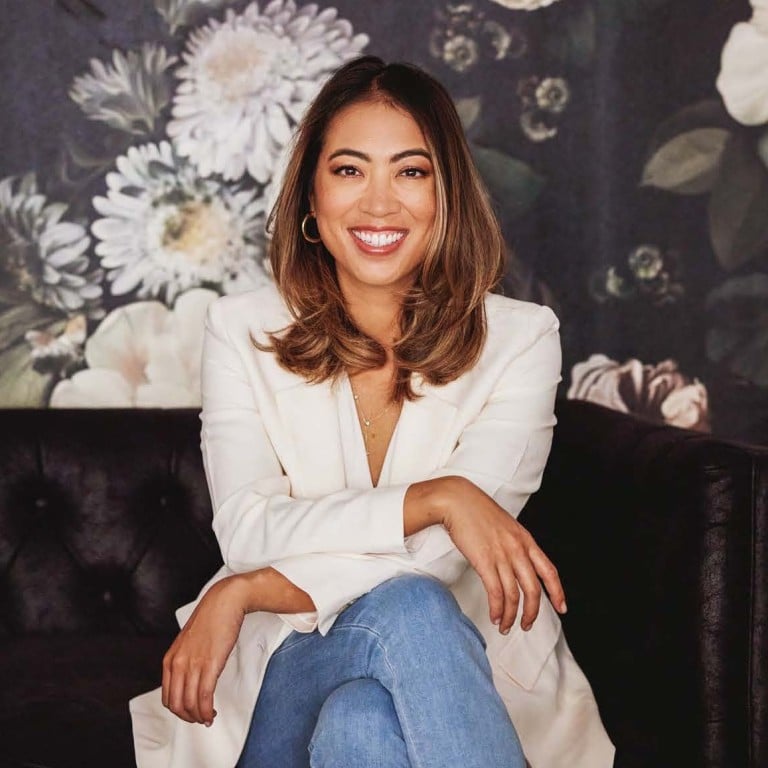What Elise Hu’s book Flawless reveals about K-beauty: after living in Seoul, the Asian-American reporter holds a mirror up to South Korea’s beauty standards and obsession with cosmetic surgery

- The Vice correspondent and NPR host was the latter’s first-ever Seoul bureau chief – but felt uncomfortable with the culture’s wide use of facials, lasers and injectables
- Her book draws on personal observations, such as how Myeongdong shopping district is full of skincare and make-up stores like Face Shop, with every ad featuring close-ups of beautiful people
Elise Hu landed in Seoul in late 2014 and felt almost immediately that she wasn’t quite good enough.

Hu’s personal experience with the unyielding rigidity of beauty standards in South Korea led to her book Flawless: Lessons in Looks and Culture from the K-Beauty Capital, which she describes as “part memoir, part social commentary, part reporting”.
The Los Angeles-based journalist and podcaster – she’s a correspondent for Vice News and a host-at-large for NPR – was NPR’s first-ever Seoul bureau chief from 2015 to 2018. Flawless is the result of that time there, although Hu says she “didn’t realise I had a book in me until after I repatriated to the US”.
“The rigidity of the beauty standards in South Korea and the expectations foisted upon women in East Asia were apparent to me pretty early on,” she said. “It was in the comments people would make, and the prevalence of images and ads and the consumerism around beauty, with everyone trying to reach certain beauty standards.”

Flawless is written in a chatty, candid style, packed with as many anecdotes as hard facts, all pointing to the culture’s obsession with beauty. Hu, who arrived in Seoul with her husband and toddler daughter, visited the teeming Myeongdong shopping district and wrote that there were “so many skin care and make-up stores that I could stand on a corner and see a Face Shop across from a Face Shop across from a Face Shop. It was common to spot women walking around with silicone nose covers and medical tape, following cosmetic procedures”.
She recalls that everywhere she turned, she was “assaulted with an endless barrage of images of women – huge, very zoomed in, floor-to-ceiling images of their faces. That really threw me. Advertisements in the US and Europe feature more diversity just by dint of the population. They also don’t just feature people. But in South Korea, ads feature just celebrities and their faces, and if not a celebrity, then a beautiful person”.
Hu interviewed hundreds of girls and women – aged 7 to 73 – about their beauty ideals. What she came away with was that the mass obsession with beauty in the culture is “considered normal and natural”.